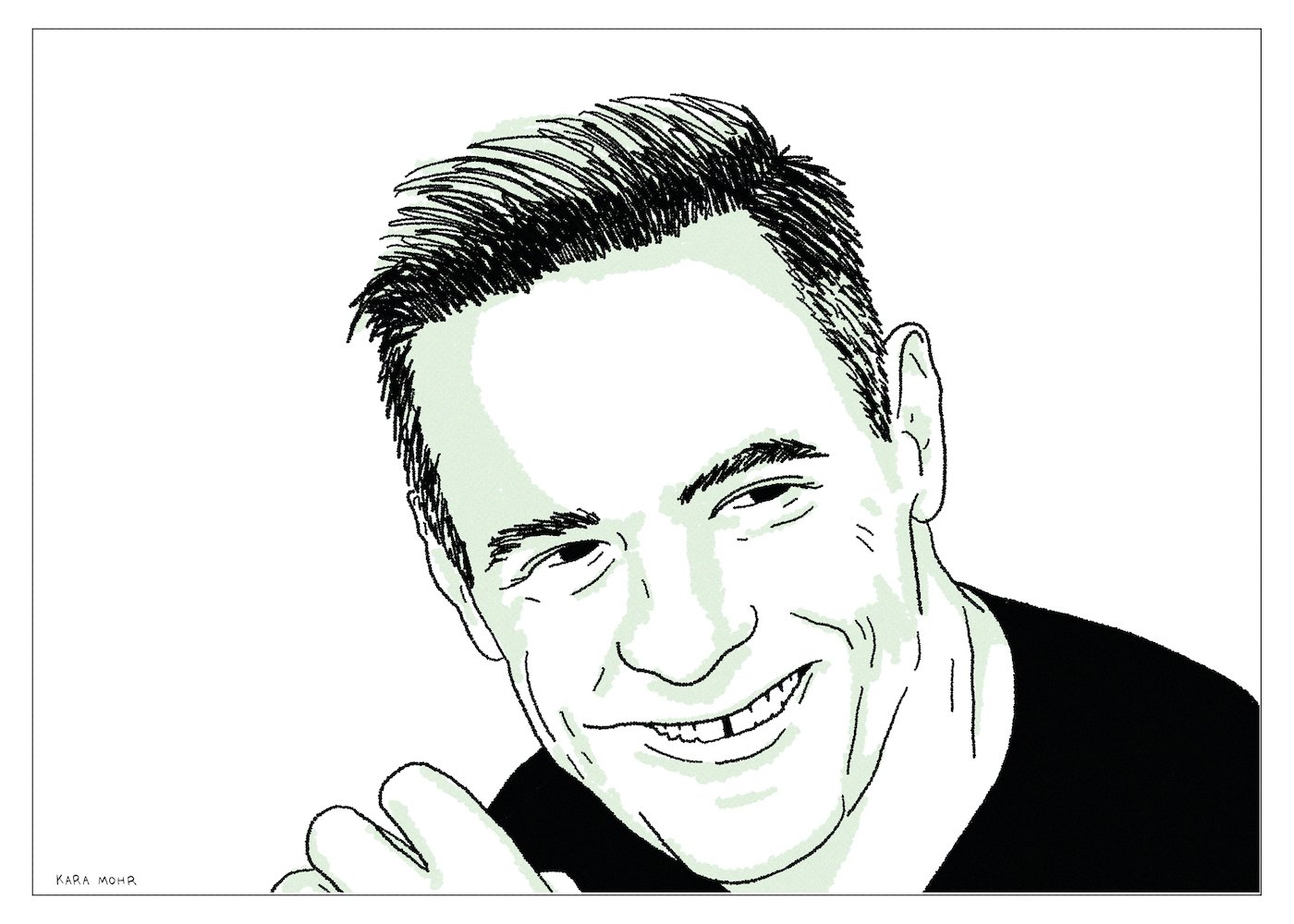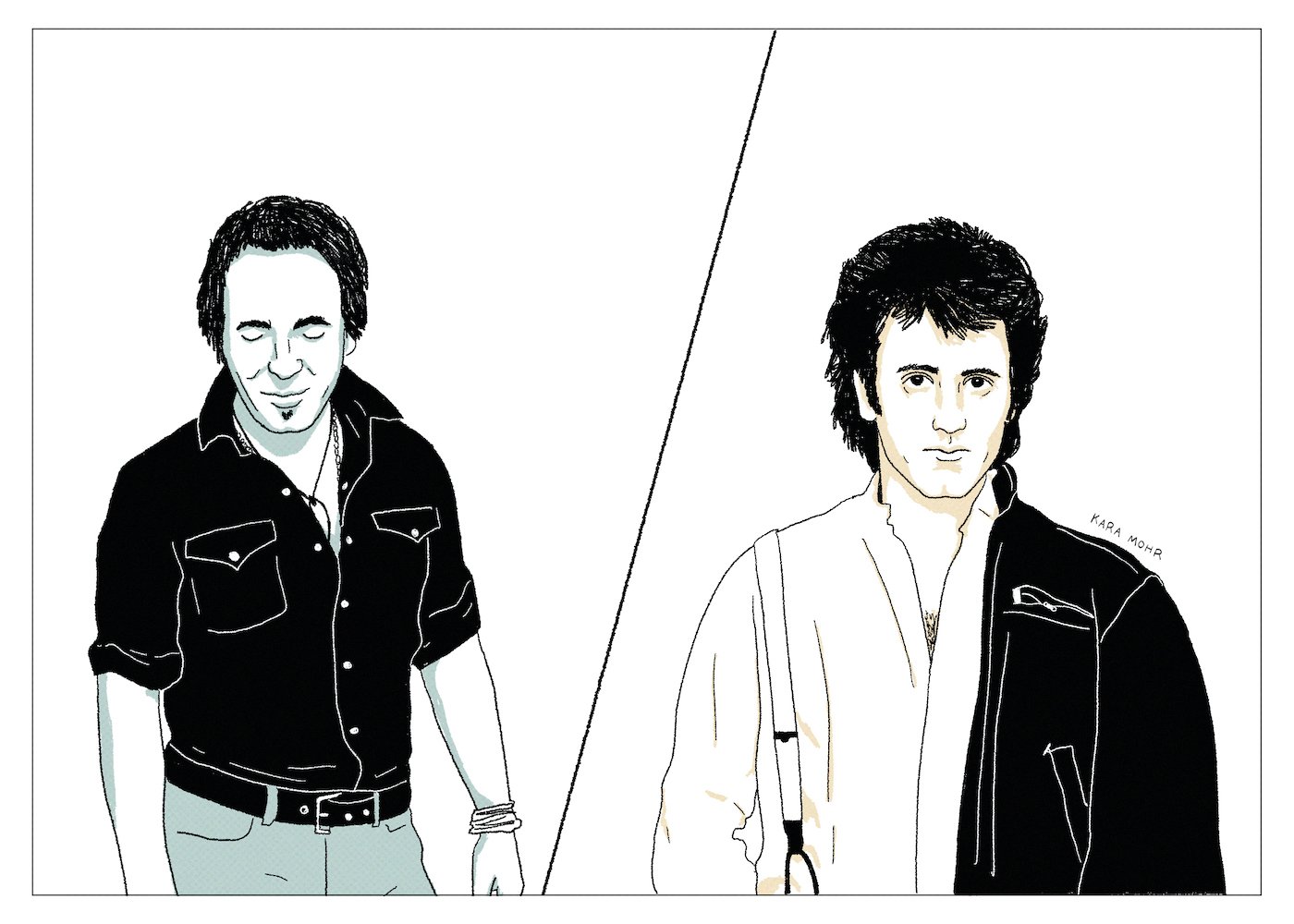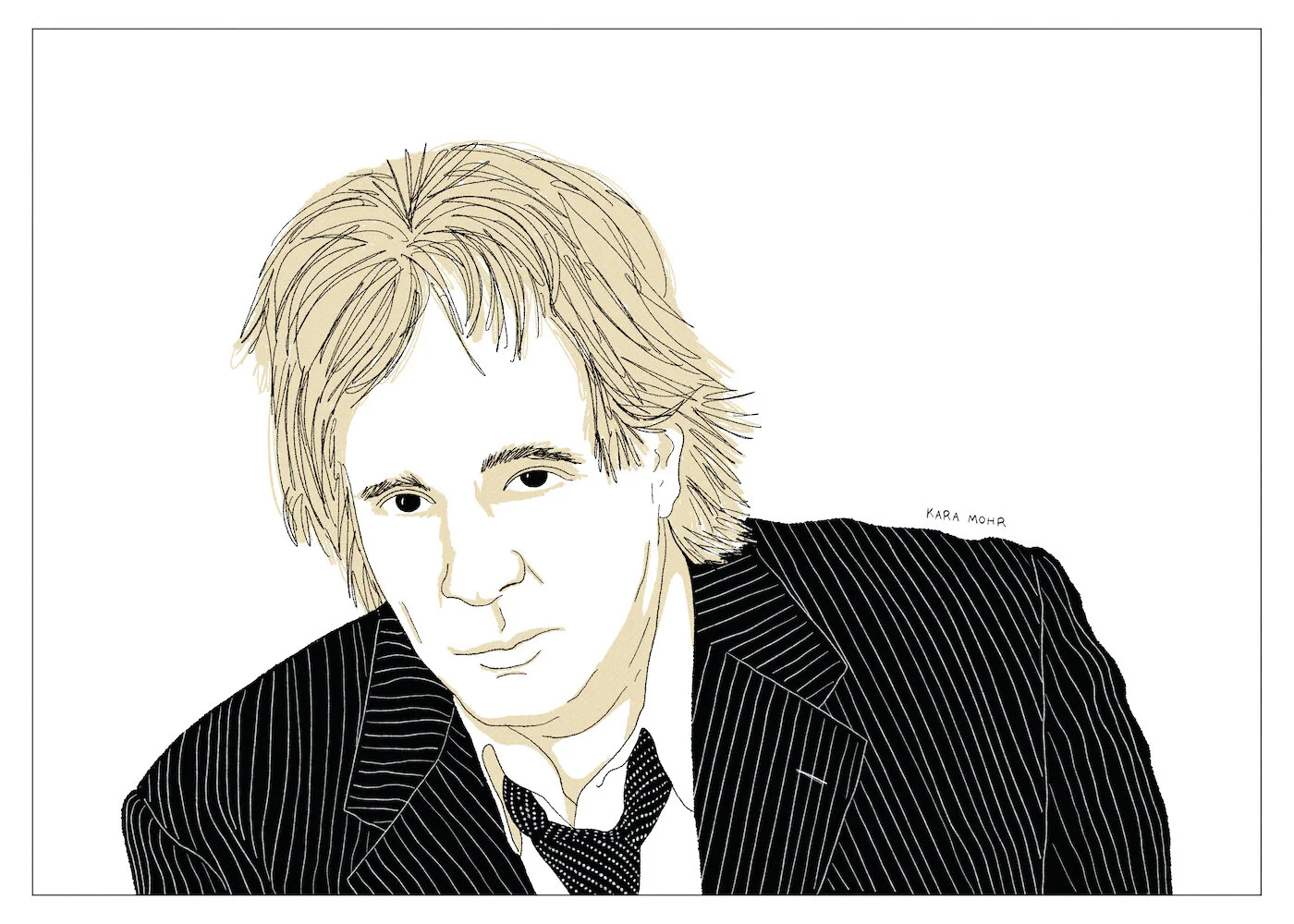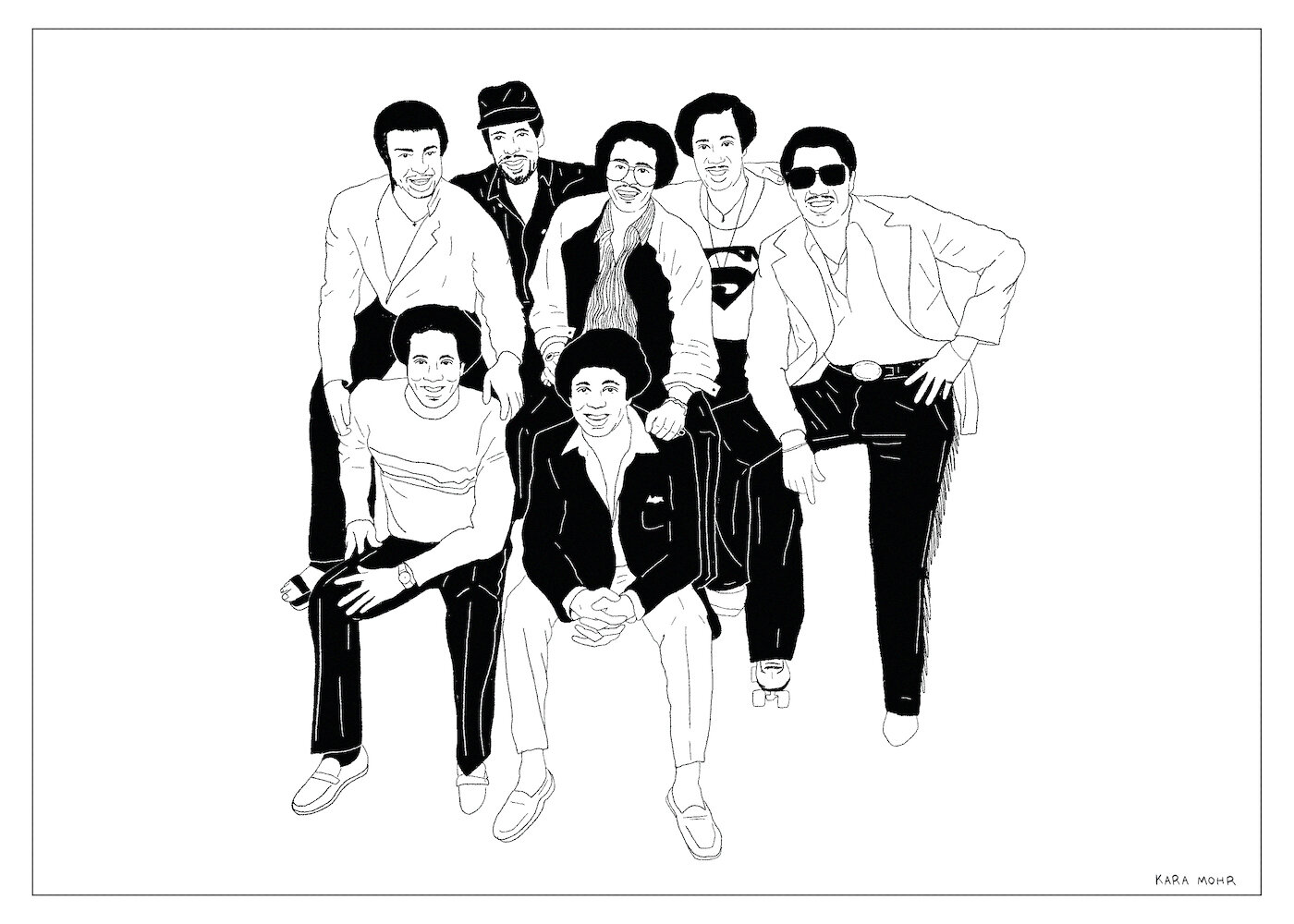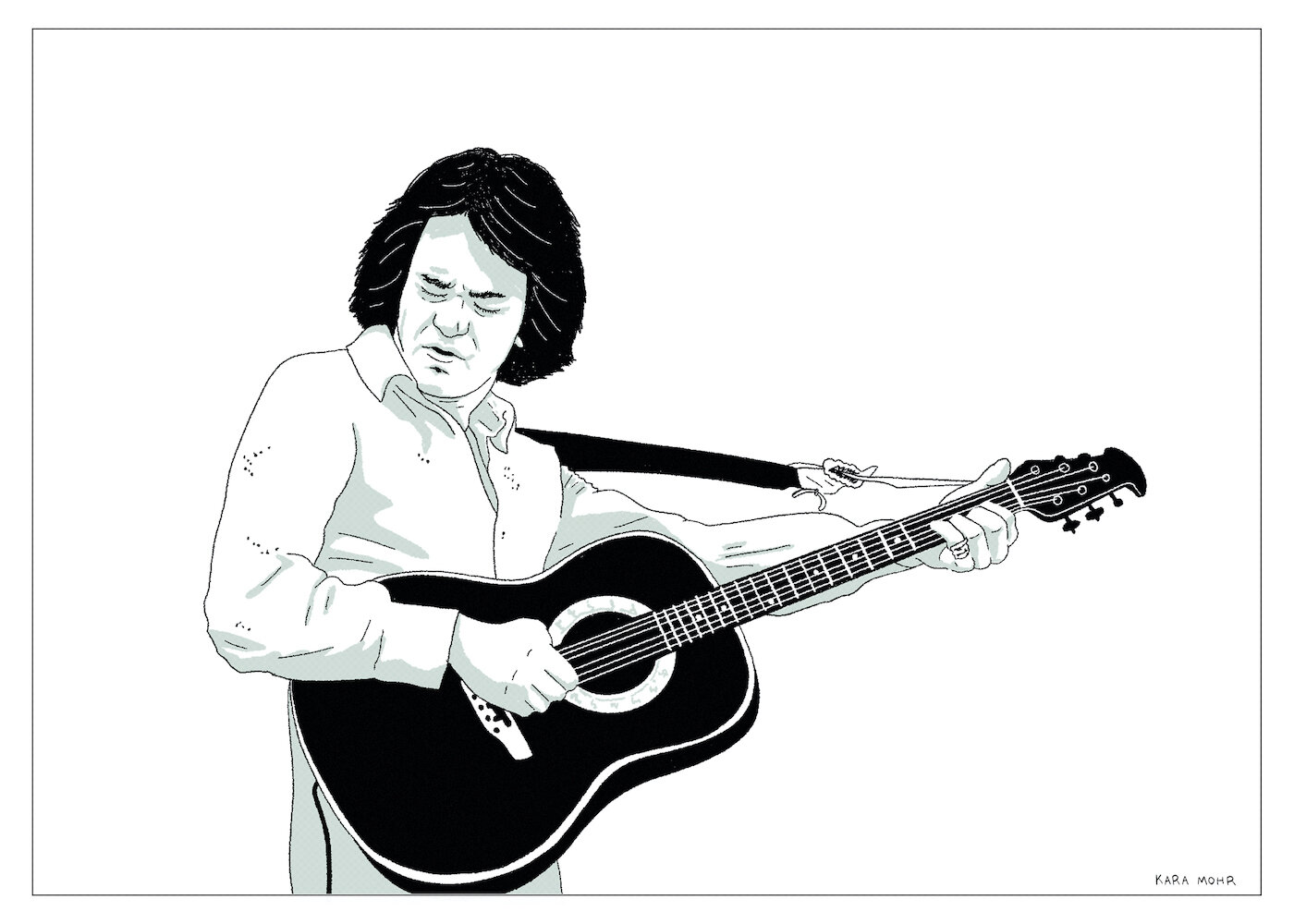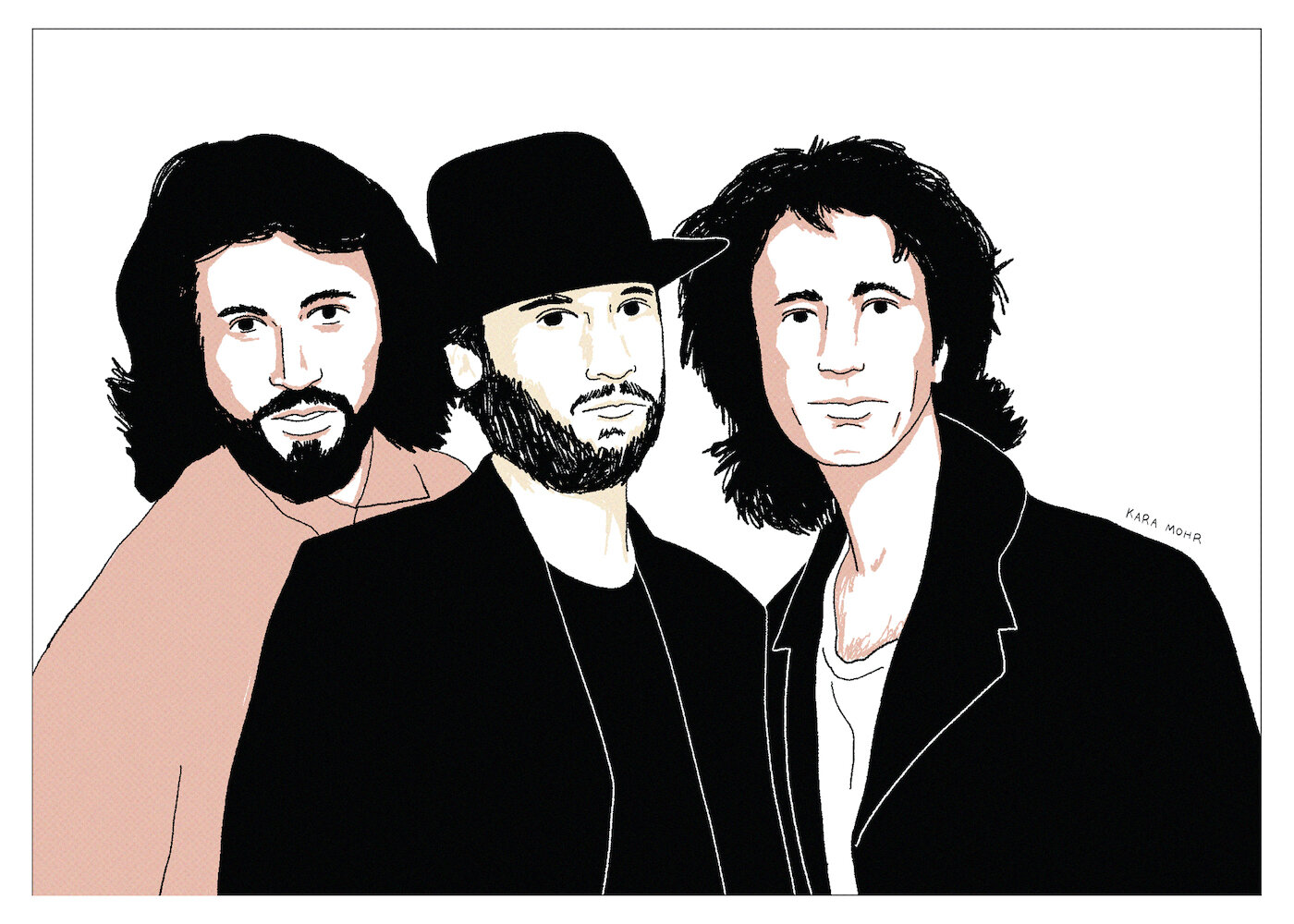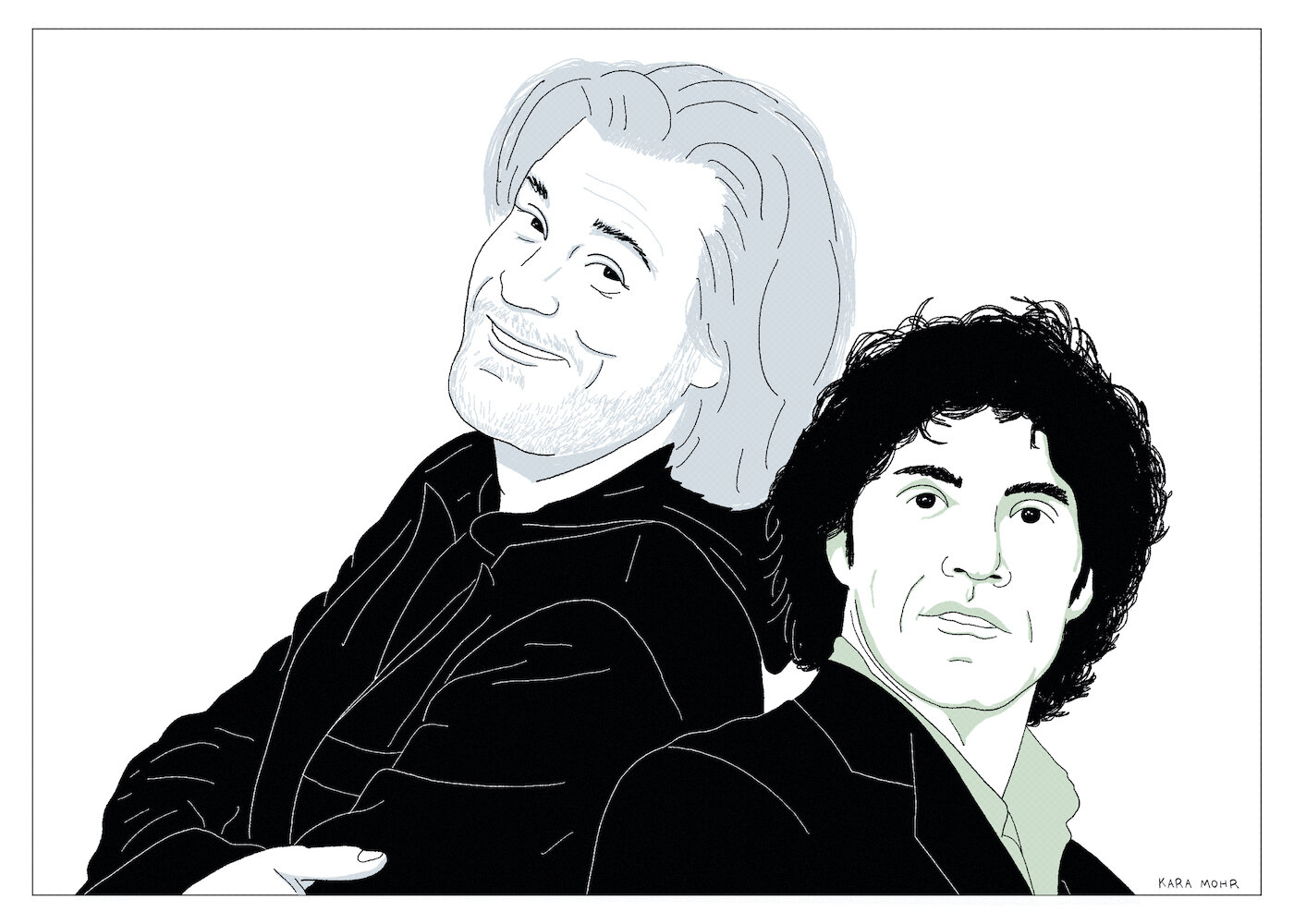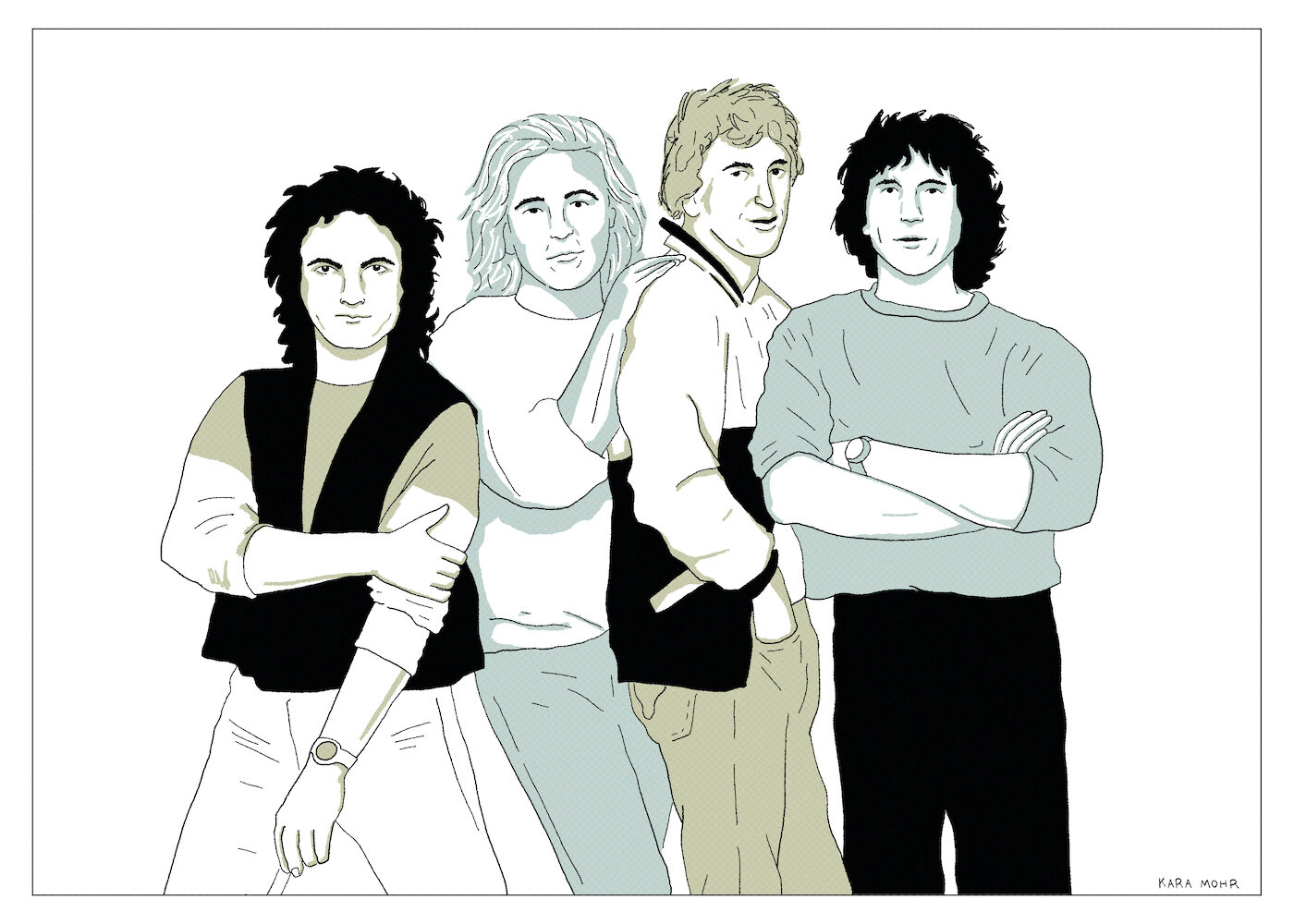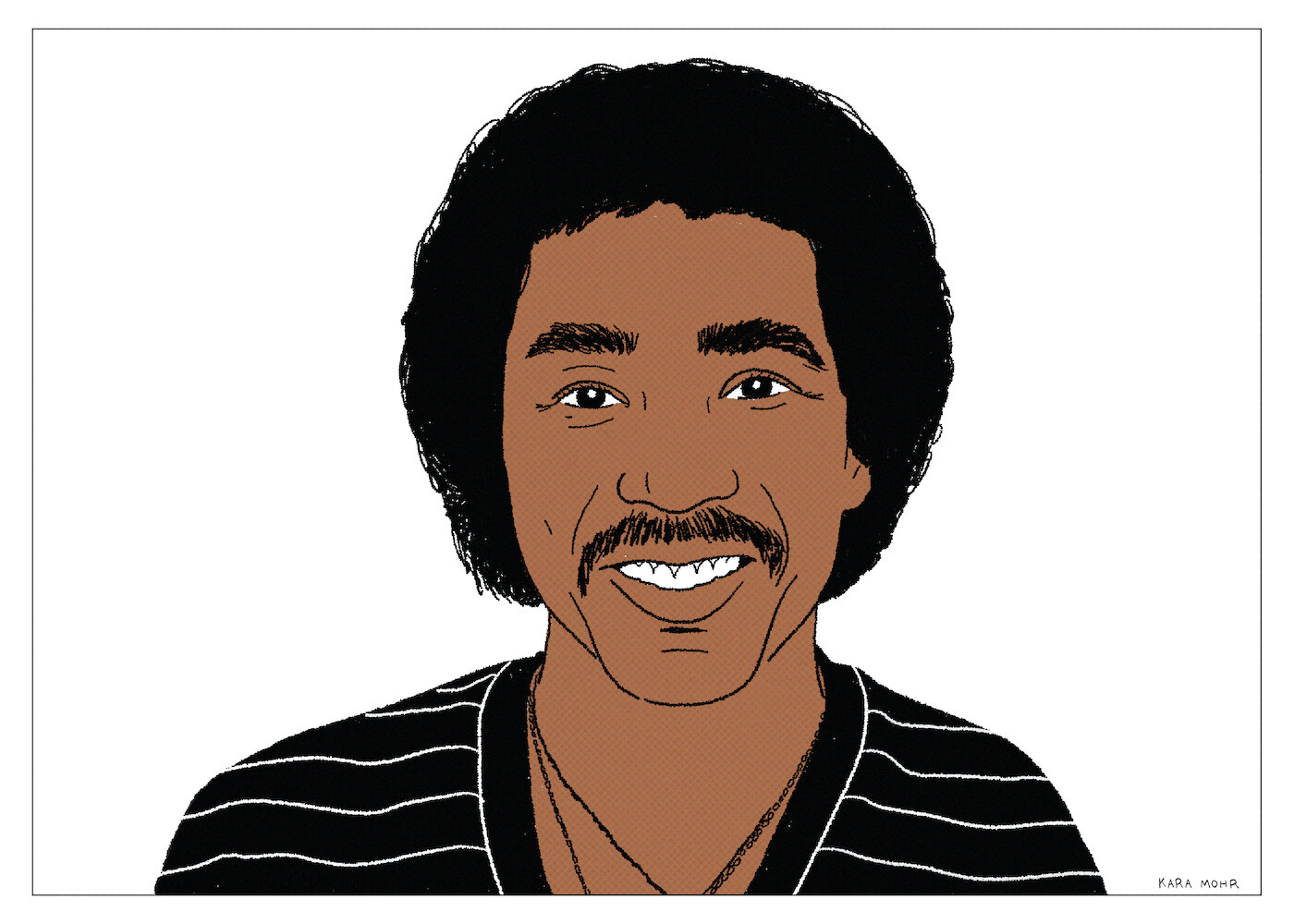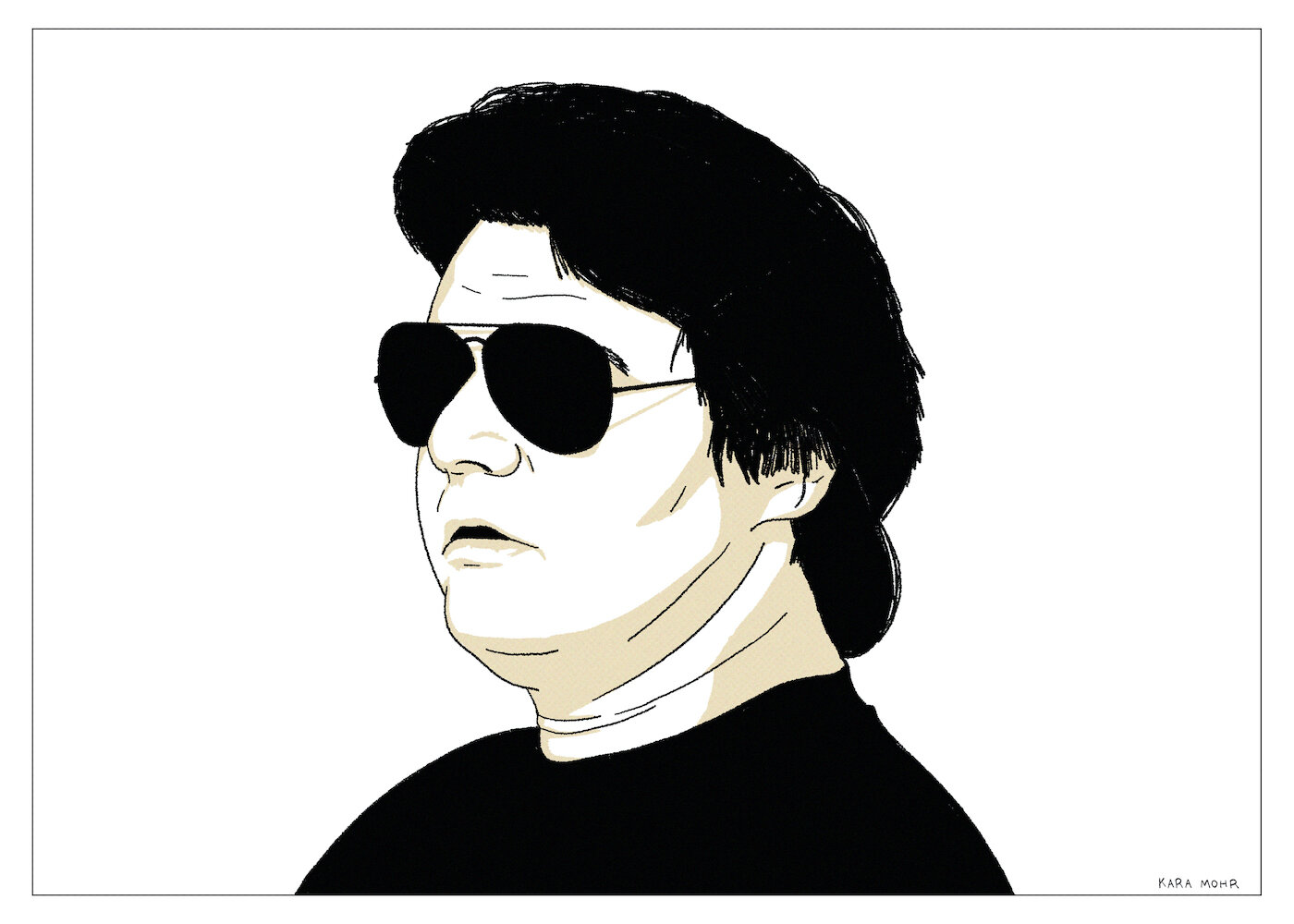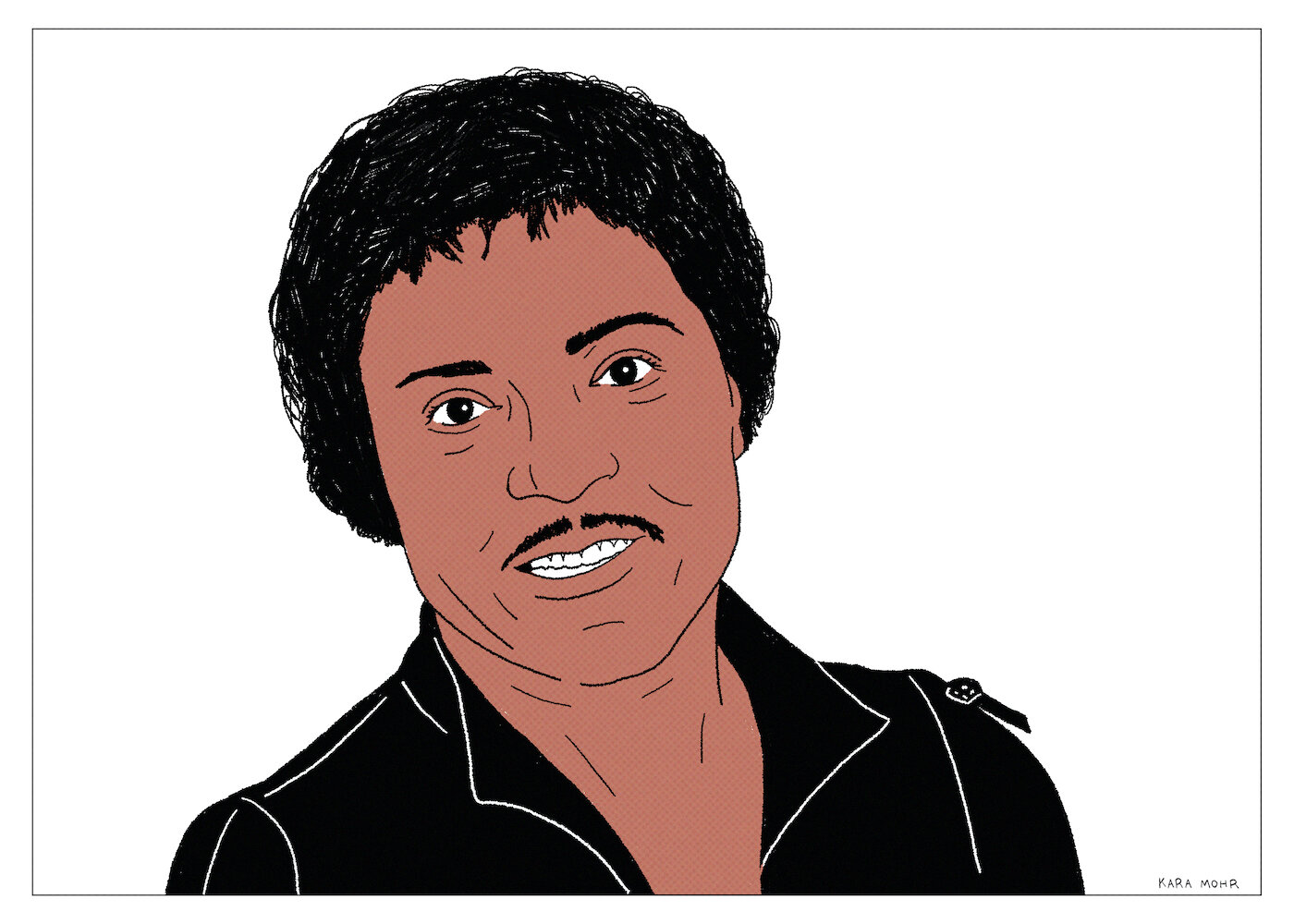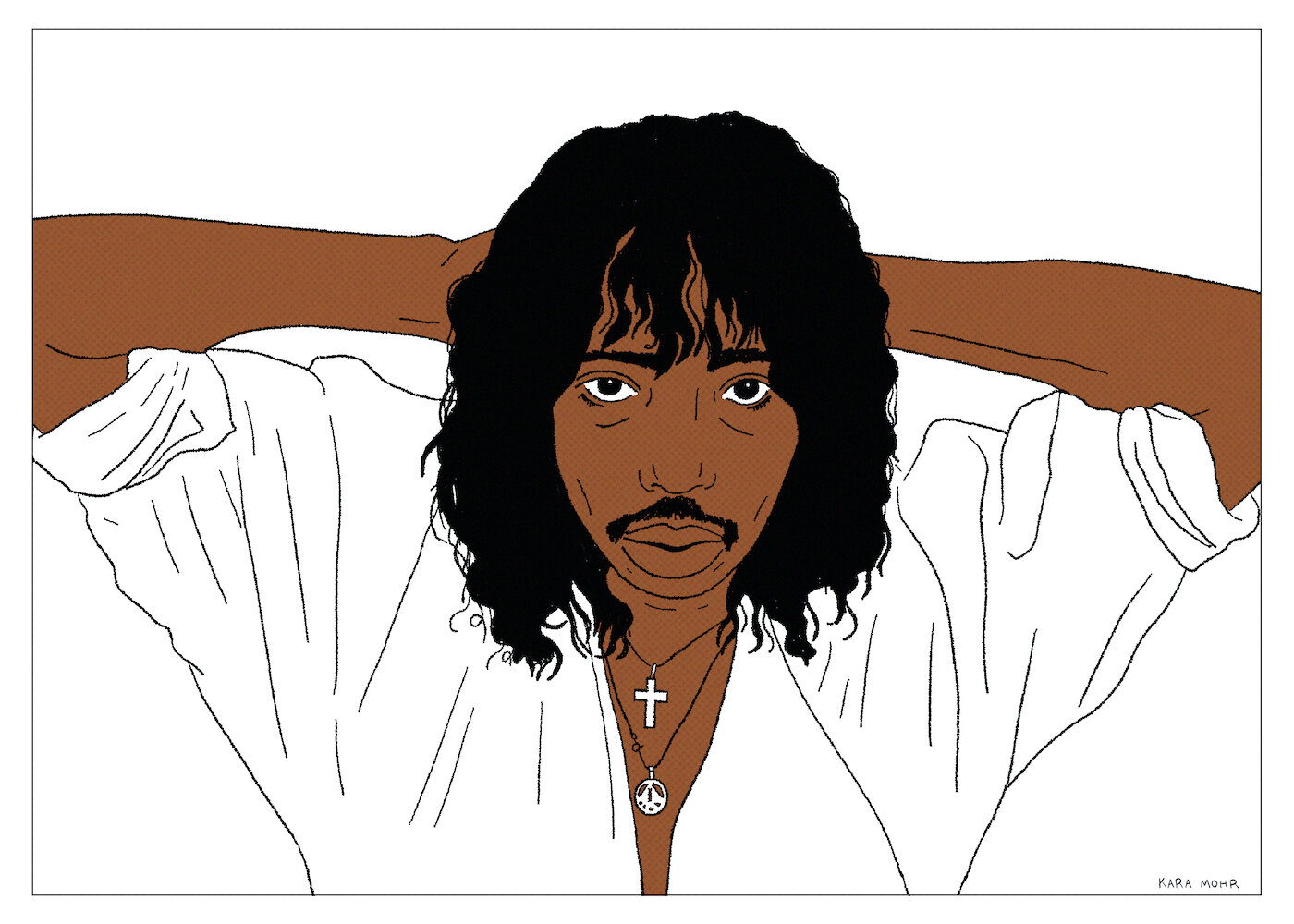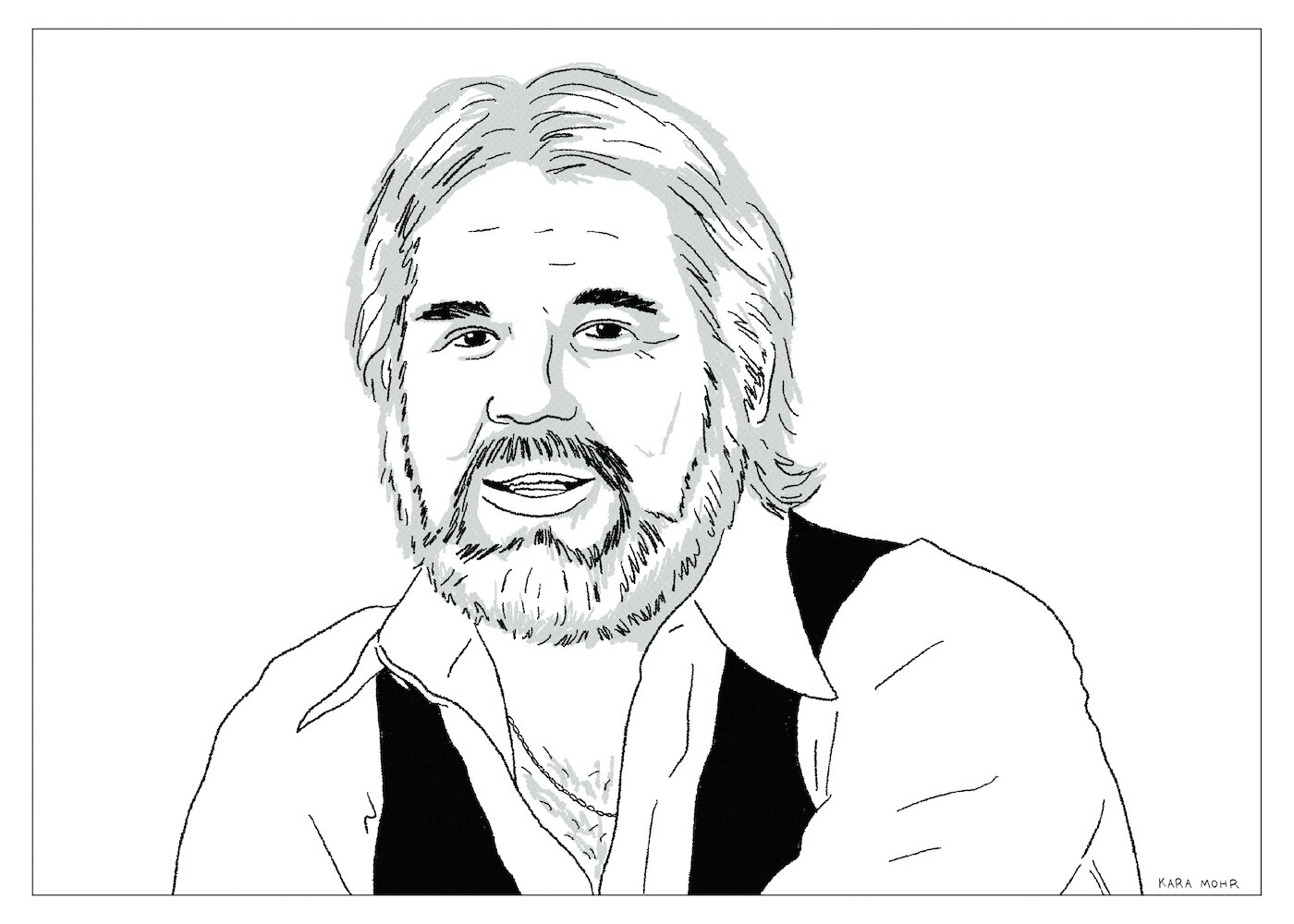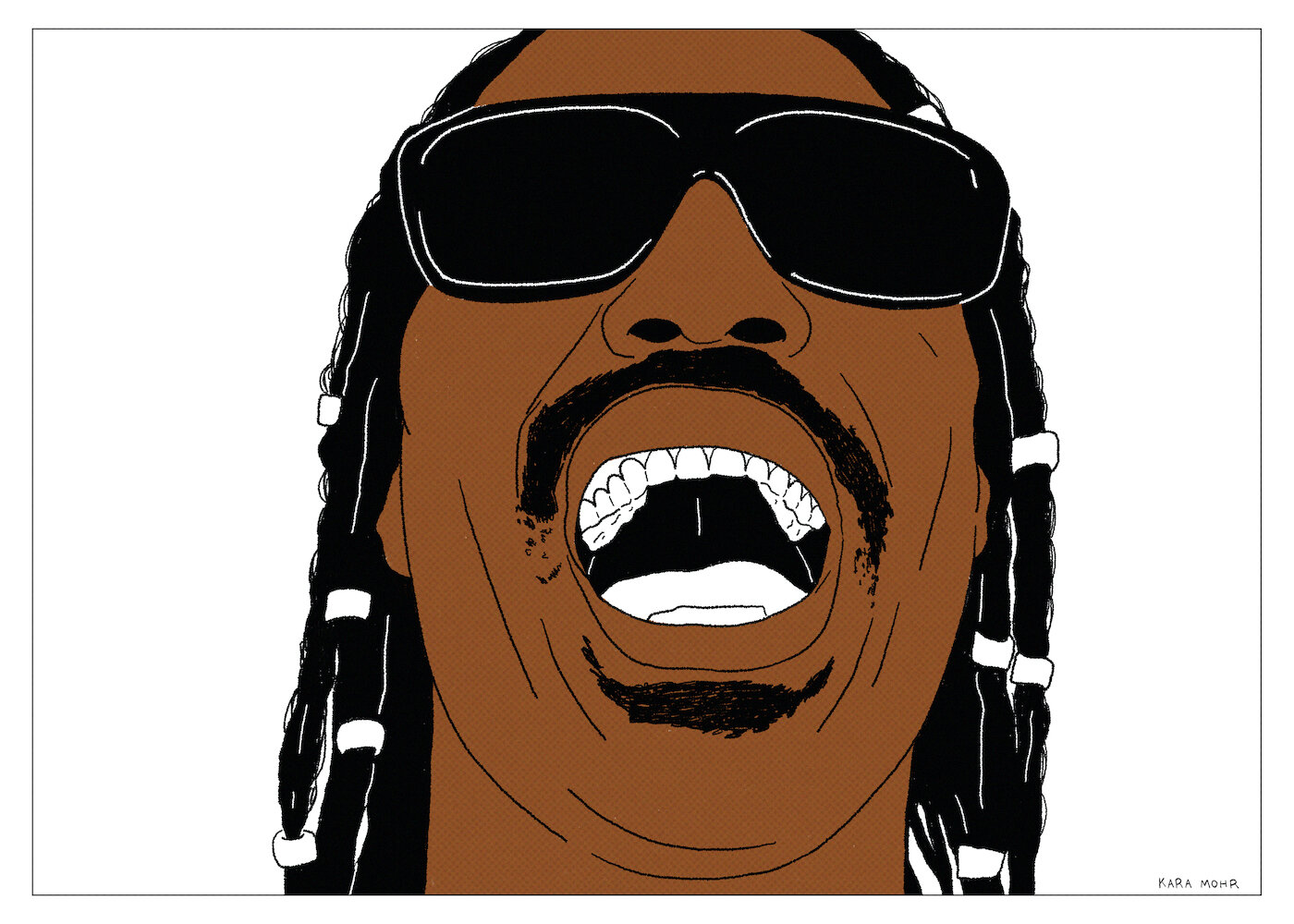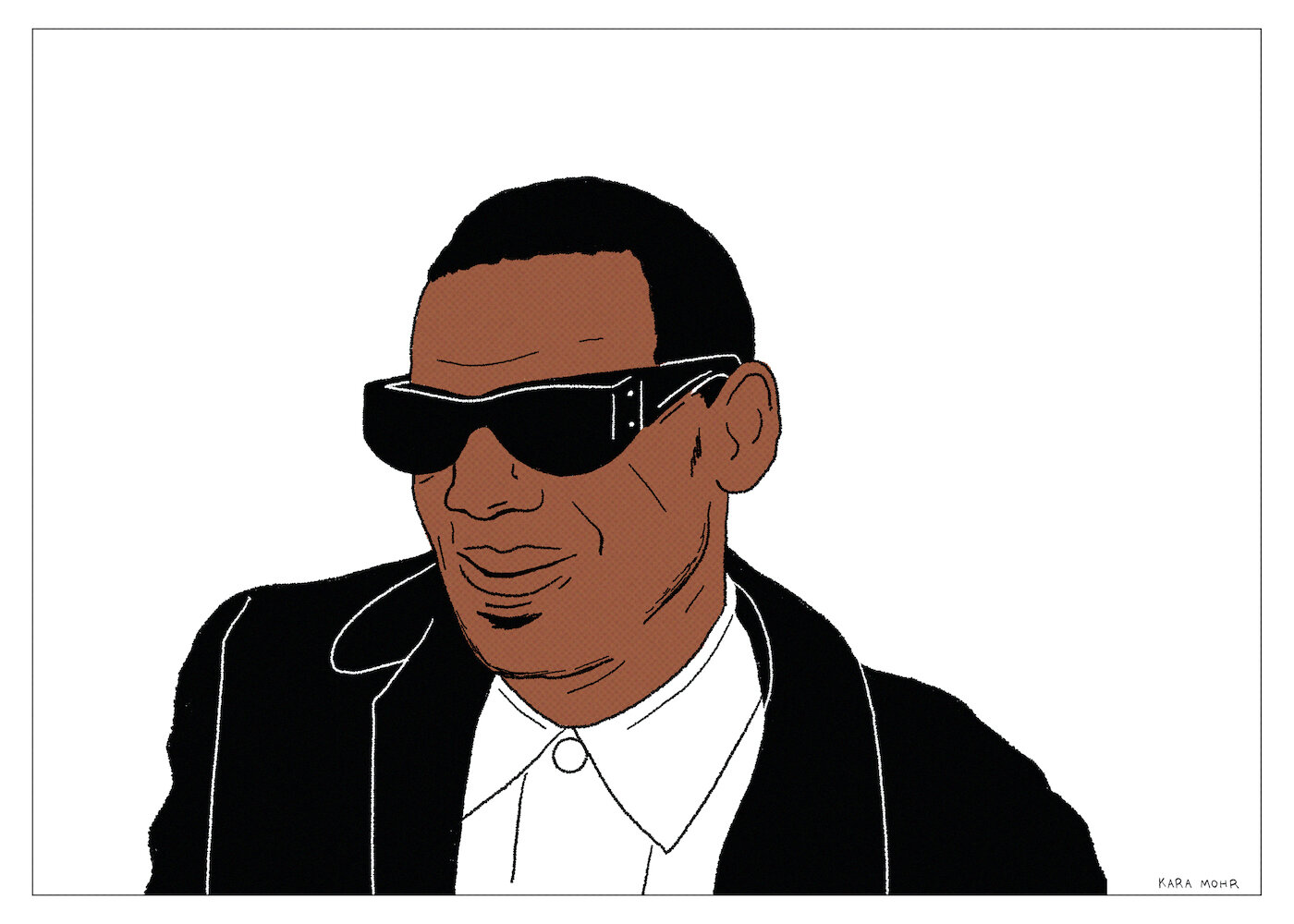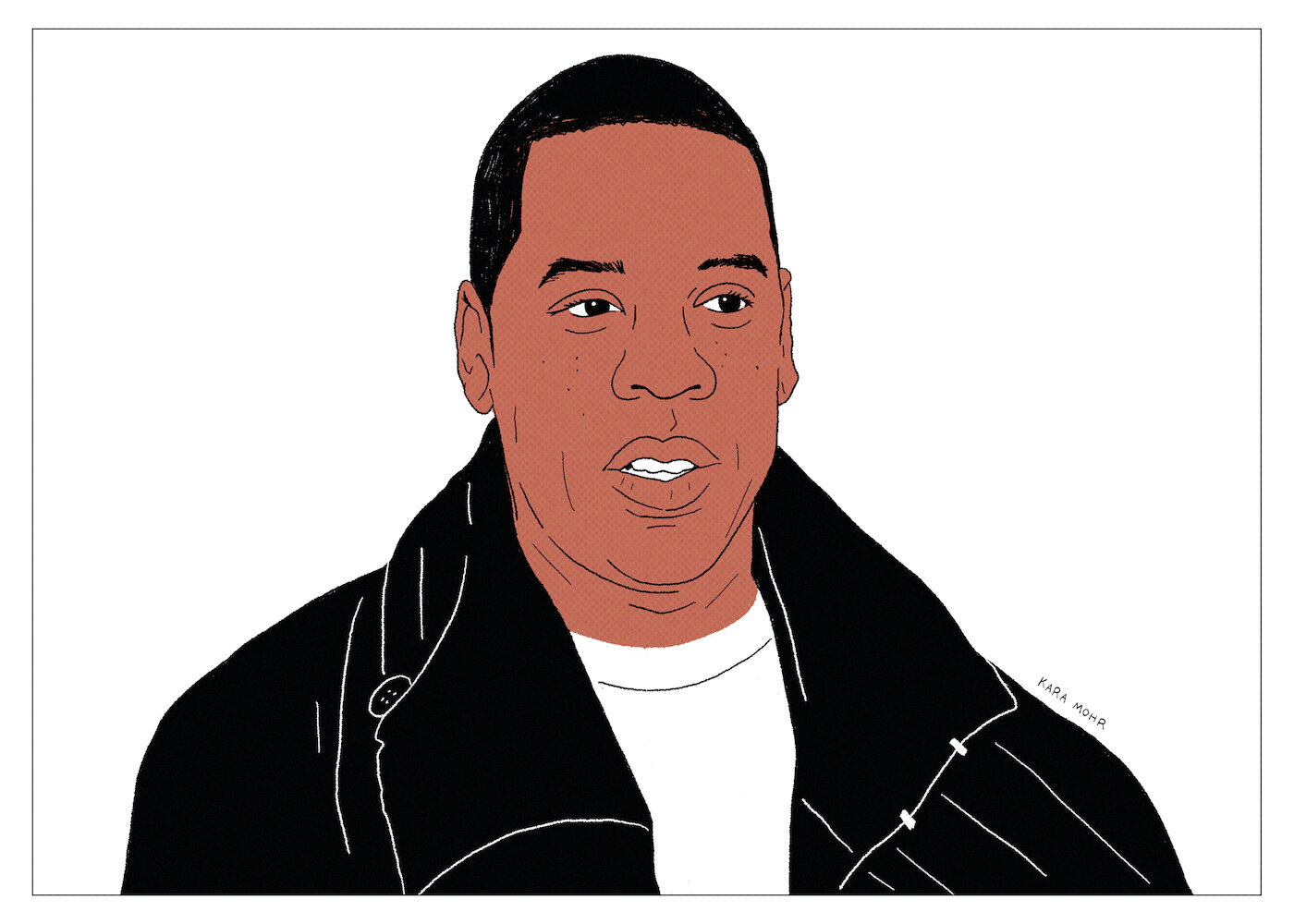Bryan Adams “Shine a Light”
Almost forty years after he burst onto our radios, with a voice that humbled Rod Stewart and a style that translated Johnny Cougar into Canadian, Bryan Adams was still going strong. Arenas full of fans were shouting along to “Summer of 69” and crying along to “(All I Ever Do) I Do it For You.” He was closing in on sixty. He’d already sold a hundred million albums and topped every chart in the world. But, he still sounded exactly like himself, which is to say both like nobody else and like a hundred other guys. Naturally he looked older — more refined. His hair was richly coiffed and he’d swapped his leather jacket for a designer blazer. He’d even built a second career as a photographer — his pictures hung on gallery walls. There were only two things left for him to do: make new music with Ed Sheeran and prove to the world that “uncomplicated” is the opposite of an insult.
Joe Jackson “Fast Forward”
You think you know a guy. He’s a jazzy New Wave Pop star. A classically trained pianist. A peer of Elvis Costello, who made it, and Graham Parker, who almost made it. As a young man, he made a couple of hit records that have held up. And then, in the mid-80s, he took the other road. For two decades, he scored films, paid tribute to his heroes and composed music for grad students. When he returned, many years later, he appeared startlingly different — all black clothes and a powder white face and hair. In middle age, Joe Jackson’s passion was still genre-defying music, but also, and maybe more so, libertarianism.
“Far From Over” (Frank Stallone) vs “All I’m Think’ About” (Bruce Springsteen)
In the early 70s, a million to one shot from the swamps of Jersey emerged as the “next Dylan.” Around that same time, less than a hundred miles away, a lesser known songwriter was fiddling with a keyboard, dreaming of the day that his older brother would include his music in the ultimate underdog movie. These two long shots, so near to each other but so completely divergent, demanded comparison. We pitted the nasal falsetto of Bruce Springsteen’s “All I’m Think’ About” from 2005 against Frank Stallone’s epic, 1983 Jazzercise jingle “Far From Over.” Who wins — The Boss phoning it in past his prime or the critically derided brother of Rocky during his graciously brief prime?
Air Supply “The Vanishing Race”
In retrospect, Air Supply seems unfathomable. Graham Russell looked like an overgrown Jeff Daniels with feathered hair. Russell Hitchcock was tiny, with a massive perm. Together, they looked like a Saturday Night Live sketch for a Hallmark ad about roller-skating buddies who loved cats. They were the naked, bawling men of Soft Pop who sang songs for exhausted, dejected, lovelorn ears. But, between 1980 to 1983, they scored eight consecutive top five hits, a feat only matched previously by The Beatles. By 1986, they were gone, off to redesign their Quaalude Rock for middle age and to celebrate their second career in the Philippines.
Toto “Mindfields”
Toto was a lab accident. Obviously, not a tragedy, like Chernobyl. More like Bruce Banner getting exposed to Gamma Rays and becoming The Hulk. Back in 1982, they sounded both hulkingly awesome and completely normal. They won Grammys. They sold over ten million records. They were proof that Rock music could be sonically pristine and exceedingly popular; that musicians could look just like regular guys -- or worse -- and still be stars; and that Pop music could be “all encompassing” (“in toto”). However, like many great experiments, over time, the evidence proved less conclusive.
Eddie Money “Ready Eddie”
If you really understand Long Island, you know that it isn’t Billy Joel country or Lou Reed country or Mariah Carey country or Bernie Madoff country. It’s Eddie Money country. Money was the one hit wonder who, from 1977 to 1988, just couldn’t stop making hits. He was the guy who sang “Two Tickets to Paradise.” He was Bruce Springsteen with two sides of ham and half as much talent. He was the “King of Generic Rock” who, in 1999, finally realized that “generic” also meant “easily replaceable.”
The Temptations “Reunion”
By 1982, The Temptations were more an aging institution than a Pop group. Motown’s solution was to bring back David Ruffin and Eddie Kendricks for a reunion and to pair them with the songs of Rick James and Smokey. At the time, Ruffin was addicted to crack and Kendricks voice was shot. Quickly and desperately, the seven Temptations assembled to record “Reunion,” an album that should have been an unmitigated disaster but somehow is weirdly delightful.
Neil Diamond “Heartlight”
Although it was not apparent at the time, Neil Diamond was on the verge of a slump as the 1980s approached. A sub-tectonic struggle was being waged between Neil Diamond, Contemporary Adult, and the emerging radio format known as “Adult Contemporary.” 1982, with the release of “Heartlight,” proved to be the year in which the movement swallowed its leader.
Bee Gees “E.S.P.”
In the mid-80s, having survived the disco revulsion on the wings of Barry Gibb’s songwriting for hire, the Bee Gees began work on a comeback album. However, the Gibbs were now on the cusp of middle-age. They had each grown up and grown apart. Barry turned forty in 1986. His once luxuriant mane had receded. Robin fixed his teeth. Maurice went to rehab. Amid the struggle of revisiting old muscles and older wounds, the band released “E.S.P.” in 1987, their first full length album in six years.
Tears for Fears “Everybody Loves a Happy Ending”
Between “Shout” in 1985 and “Seeds of Love” in 1989, Tears for Fears were among the biggest and most complicated Pop bands in the world. They were the rare group that were as accessible and whole on the surface as they were complex and broken below. In every Tears for Fears song, you can feel that there is deeply personal shit being worked on. You can hear the therapy in the songwriting. But, eventually, the songwriting therapy became more like wrestling. So, while still in their commercial peak, Curtis Smith left the band in 1991. Nearly thirteen years later, the two men returned to the analysis with the “Everybody Loves a Happy Ending.”
Hall and Oates “Do It for Love”
Beginning in the 1990s, Hall & Oates’ albums became increasingly sporadic. Sales dried up and it seemed plausible that the duo would coast into retirement. Gradually, however, once-suspicious listeners and critics began to reclaim the band. “What was it,” we all wondered, “about Hall & Oates?” Was it simply Darryl’s voice? Was it their perseverance? Honestly, I’m not sure I would have ever discerned the “it” if Hall & Oates stopped making music when they passed their prime. But because they soldiered on, we ultimately got 2003’s “Do It for Love.” And, on that album, the mystery of Hall & Oates gets unlocked. They were a Boy Band all along.
Foreigner “Mr. Moonlight”
Foreigner were a perfect Rock radio machine, formed in a petri dish that was mostly the DNA of Bad Company, Air Supply, Queen and The Who. However, by 1990, singer Lou Gramm, tired of battling his co-songwriter, Mick Jones, left the band. Two years later, ensconced in Sunset Marquis Hotel, would reconcile. And, in 1995, the band returned with “Mr. Moonlight,” an album that would be derided as the worst of the band’s career. And yet, as disappointing as that all sounds, there is still, if you listen closely, something very special about past prime Foreigner. Having the best Rock and Roll singer and songwriting team of the late 1970s was almost good enough.
Smokey Robinson “Being With You”
Smokey Robinson was, in the 1960s, nothing short of everything. He was Carol King, Marvin Gaye, Diana Ross and David Geffen all rolled into one beautiful package. The 70s turned on him just slightly, but, in 1981, at the age of forty one, he returned to the top of the charts with “Being With You.” On the album’s cover, tucked in a striped, v-neck sweater and a couple of gold chains, he smiles at us. His hair has grown out to a casual, “I know I look good” length. His mustache is unconcerned with his lips. His eyes are the kindest shade of gold. He is the version of prime that only comes with middle age, but rarely stays.
Steve Miller Band “Italian X Rays”
By 1983, the Steve Miller Band was, perhaps unknowingly, a cynical Pop music algorithm. With each record they had become more refined in their cynicism and in the lack of struggle and humanity in their music. While it no doubt took a great deal of work and talent to make the music that Miller made then, none of the grit could be heard. “Abracadabra” was the Steve Miller Band at its most optimized and at its Waterloo. His follow-up to “Abracadabra” was 1984s “Italian X Rays,” an album that pushed the algorithm so far as to make one wonder if Miller was being ironic or experimental.
Little Richard “Lifetime Friend”
Of Rock’s 50s pioneers, Little Richard proved to be the least enduring. While Elvis kept cranking out hits, Richard made the occasional Gospel record and live album. For decades, he battled crippling drug addiction and struggled for sexual self-acceptance. After his historic early run, much of the 60s and 70s were a messy blur. But then, in 1985, Richard was surprisingly cast in the hit film, “Down and Out in Beverly Hills,” catapulting him back into contemporary popular culture. He pounced on the opportunity and quickly released “Lifetime Friend,” his first (and last) album of Rock and Roll in over a decade.
Rick James “Wonderful”
Do we really know when the end has begun? I’d imagine that pessimists would recognize the signs. Optimists might not see the flares until it’s too late. But even still, I have to imagine they can trace back the eventual conclusion to the early warnings. Rick James, surely, is a third species, living in a fluid meta-space between sounds, genres and cultures and on a constant seesaw of god-like, coke binge optimism and the deep self-loathing and hangover of pessimism. So, while optimists and pessimists both eventually recognize when the end has begun, I’m not so sure that Rick James did. Otherwise, there is simply no explanation for 1988s “Wonderful.” It is the sound of a man dying, basically alone in the studio, and not realizing it.
Kenny Rogers “Kenny”
Kenny Rogers’ appeal was one of masculine kindness. At his best, his voice lands somewhere between Lionel Richie and Bob Seger on Valium. And on 1979s “Kenny,” he put that bearded charm and “Gambler” equity to work for a lovely, schmaltzy set of lite Country Pop that would go on to sell twenty million copies worldwide. Yes — in 1979, Kenny Rogers was very nearly Michael Jackson.
Stevie Wonder “Conversation Peace”
You don’t say “no” to Stevie. Paul McCartney said “yes.” Prince said “yes.” Barbara Streisand. Pavarotti. Michael Jackson. Tony Bennett. Whitney Houston. They all said “yes” to Stevie. But in 1995, at some point before “Conversation Peace” was released, somebody should have said “no” to Stevie. More than once.
Ray Charles “True to Life”
The 1970s saw Ray Charles’ sales dwindle, his chart success regress and his critical adoration fade. And the Ray Charles who signed with Atlantic Records in 1977 was not the same one who signed with the label twenty five years earlier. This one was sober, divorced, a millionaire and forty-seven years old. Fans and critics still hoped that Ray would find some new inspiration, but, those hopes would be repeatedly dashed. 1977s “True to Life,” like most of Rays’ albums from the 70s, reveals a restlessness much more than a breakthrough.
Jay-Z “Magna Carta…Holy Grail”
2013 is peak Jay Z. Blue Ivy is born. Barrack Obama is elected President. He launches Roc Nation Sports. He has more number one albums than any solo artist in the history of music. He is a mega-brand. His city is number one. His wife is number one. He has all the chips. He can go huge. Maybe too huge.

